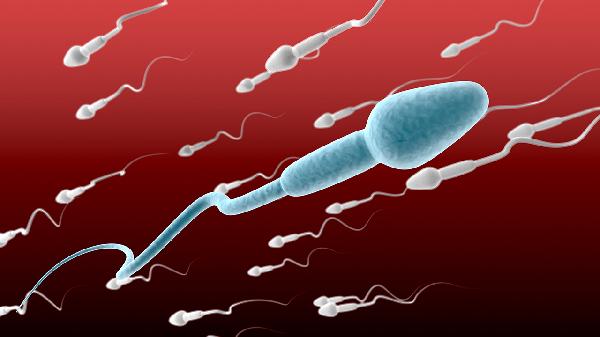The male sexual response is a complex physiological process that unfolds in four distinct stages: erection, emission, ejaculation, and resolution. Among these, emission and ejaculation are particularly critical as they involve the formation and expulsion of semen from the prostatic urethra. Emission begins with the coordinated contraction of the efferent ductules of the testes, the tail of the epididymis, and the convoluted portion of the vas deferens, propelling sperm forward into the prostatic urethra. Here, sperm mixes with secretions from the prostate and seminal vesicles. The prostate fluid forms the initial portion of semen, followed by sperm-rich fluid, which is then stored in the prostatic urethra alongside seminal vesicle fluid. During emission, the bladder neck (internal urethral sphincter) and external urethral sphincter close, creating a spindle-shaped space to contain the semen. The physiological closure of the bladder neck is essential for antegrade ejaculation, preventing retrograde ejaculation.
The Mechanics of Ejaculation
Ejaculation follows emission and involves the relaxation of the external urethral sphincter and rhythmic contractions of the prostate and bulbospongiosus muscles. These contractions expel semen through the external urethral opening in an antegrade manner. During this process, the temporary closure of the ejaculatory duct openings prevents semen from flowing backward into the prostate ducts. Ejaculation is mediated by both the parasympathetic nervous system (S2–S4) and the somatic nervous system via the pudendal nerve (S2–S4). The neural signals for ejaculation originate at the S2–S4 level and are transmitted through the motor branches of the pudendal nerve. Although these signals begin at the spinal level, they are modulated by higher brain centers, including the anterior thalamus, preoptic area, hypothalamic nuclei, and forebrain nuclei, which exert both inhibitory and excitatory influences.
The Role of the Sympathetic Nervous System in Emission
Emission is primarily driven by the sympathetic nervous system, which releases norepinephrine to facilitate the process. The signals for emission originate at the T10–L2 level of the spinal cord. These efferent signals travel through a complex network of pathways, including the hypogastric nerves, sympathetic fibers of the lumbosacral trunk, and the spermatic nerves, ultimately reaching the L1 paravertebral ganglia. This intricate neural coordination ensures the smooth progression of sperm and seminal fluid into the prostatic urethra.
Neural Regulation of Ejaculation
While the spinal cord plays a central role in initiating ejaculation, the process is finely regulated by higher brain centers. The anterior thalamus, preoptic area, hypothalamic nuclei, and forebrain nuclei collectively modulate the neural signals that govern ejaculation. These brain regions exert both excitatory and inhibitory effects, ensuring that ejaculation occurs at the appropriate time and under the right circumstances. This dual regulation highlights the intricate interplay between the central and peripheral nervous systems in controlling male sexual function.
Clinical Implications and Disorders
Understanding the male sexual response has significant clinical implications, particularly in diagnosing and treating disorders such as premature ejaculation, delayed ejaculation, and retrograde ejaculation. Premature ejaculation, for instance, may result from inadequate inhibitory control by higher brain centers, while retrograde ejaculation can occur due to dysfunction of the bladder neck or external urethral sphincter. Advances in neurophysiological research have led to the development of targeted therapies, including pharmacological agents and behavioral interventions, to address these conditions effectively.
Conclusion
The male sexual response is a finely orchestrated process involving multiple physiological and neural mechanisms. From the initial stages of erection and emission to the final phases of ejaculation and resolution, each step is governed by precise neural signals and hormonal influences. By unraveling the complexities of this process, researchers and clinicians can better understand and address sexual dysfunctions, ultimately improving the quality of life for affected individuals. As science continues to explore the intricacies of male sexual health, new insights and treatments are likely to emerge, offering hope for those facing challenges in this deeply personal aspect of their lives.
























